
Let’s talk about protein. This macronutrient is essential for more things than we can count, helping your body to build, repair, digest, oxygenate, and regulate a wide variety of processes. Protein is also well-known for helping to promote muscle development and decrease muscle loss.
As a vegan, you might find protein a little difficult, as you can’t rely on meat, eggs, or dairy. Still, there are plenty of vegan sources of protein, including many high protein low carb vegan foods. Today we’re taking a slightly different approach and looking at how you can make vegan protein drinks for yourself.
Sure, there are plenty of premade protein drinks out there, but most of them are packed with additives and far too much sugar. When you make your own, you get to control the amount of sugar, along with all the other ingredients.
Ingredients For Vegan Protein Drinks
Almond Butter

While almond butter is more expensive than peanut butter, many people think it’s worth every penny. The best almond butter products are made using almonds, salt, and little else. They’re delicious and give you all of the nutrients that almonds have to offer (unlike almond milk, which is basically almond-flavored water).
Almond butter is more than just a source of protein. It also provides your drink with a nutty flavor and some creaminess.
You can use almond butter as one of many ingredients or make it the main flavor in your smoothie. For example, combining a frozen banana, almond milk, and almonds, gives you a delicious smoothie that strongly tastes of almonds. A little cinnamon for extra flavor doesn’t hurt either.
Pea Protein Powder

Protein powders are one of the easiest ways to add protein into a shake or smoothie, as you’ll often get 10 or even 20 grams of protein in a single scoop. Some products are even flavored, so you just need to add some liquid to get a delicious drink.
Somewhat surprisingly, the powder itself is made from yellow peas, rather than the green peas that we eat regularly. Pea protein powder is also high in iron and contains plenty of other nutrients.
It’s also a great choice for most people, as the powder avoids all of the top eight food allergens and works well on many different diets.
Chia Seeds
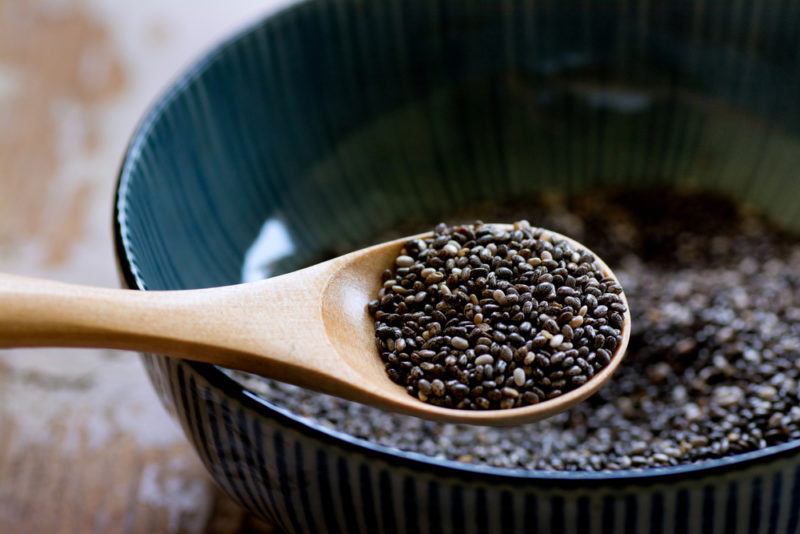
Chia seeds are fascinating. They’re these tiny little seeds that have almost no flavor, yet they’re incredibly powerful as a source of nutrients. You get a decent amount of fiber and protein per serving, along with B vitamins, magnesium, calcium, phosphorous, and more.
Chia seeds also provide plenty of plant-based omega 3 fatty acids (ALA). This is another reason for eating them regularly.
There’s another interesting thing too. Chia seeds take on a gelatinous quality when they’ve been soaked in liquid for a while. This is very noticeable if you’re using many chia seeds, some liquid, and not much else. Doing that actually gives you a chia seed pudding that you might need to eat with a spoon.
You can get around the seeds becoming gelatinous by blending them or by using a small amount of them at a time. If you do this, the chia seeds mightn’t even be noticeable at all.
Some people choose to simply scatter the chia seeds on top of their smoothie. Doing so gives you all of the same nutrients, plus a fun texture contrast between the smoothie and the topping.
Flax Seeds

Flax seeds are another popular smoothie choice. This is partly because they’re also rich in ALA. Flax seeds also happen to be soft, so it’s easy to blend them into your smoothie.
You can even find flaxseed meal, which simply consists of ground flax seeds. This product can be easily mixed into your drink to give you extra protein, without changing the texture or flavor much at all.
Soy Protein Powder

Soy seems to be everywhere these days, especially for vegans. Soy products offer an easy way to increase protein intake, but there are some serious concerns too.
In fact, soy is still one of the most controversial foods out there. We’ve covered the debate in depth as part of our post on whether soy is healthy or not, so we won’t dig into it too much here.
The most important thing to mention is that many people are concerned about soy – and there are some problems with the legume, like the high omega 6 content, the antinutrients, the isoflavones, and the fact that most soy has been genetically modified. Even so, there’s little scientific evidence that soy actually causes harm.
If you’re confident about soy, then soy protein powder is an easy, nutritious, and often delicious choice. If not, no worries, there are plenty of other options.
Plant-Based Milk

Every vegan protein drink needs some type of liquid, particularly as most of the other ingredients are dry. Water works sometimes, but it doesn’t add to the flavor or texture of your drink at all.
Most of the time, you’ll want to use some type of plant-based milk instead.
Almond milk is a popular choice, as it’s low in calories. You could also try coconut milk, which will give you a creamier drink with a slightly tropical vibe.
These options don’t give you much protein. Still, you can get the protein from your other ingredients.
If you want protein in your liquid too, then oat milk is a good choice. Soy milk and pea milk often contain a decent amount of protein too. When in doubt, check the back of the package. The nutritional information box will give you all the details you need.
Fruit And Veggies

Fruit and vegetables don’t offer much protein, but they can still be an important part of a vegan protein drink. For one thing, fruit and vegetables provide many nutrients, along with antioxidants and other plant-based compounds.
Fruit helps to make the flavor interesting too. You could make a tropical drink using ingredients like pineapple and mango, or a berry-based one by relying on berries (tip for experts: use frozen berries instead of ice to create a fantastic texture without diluting your drink).
Berries are a fantastic addition, not just for their flavor, but also because they’re relatively low in sugar and contain a decent amount of fiber. This is why you’ll sometimes see berries used even in a keto protein smoothie.
Don’t forget about the veggies either. Dark leafy greens are a popular choice, as these can provide plenty of nutrients without changing the flavor too much.
You can get more creative with veggies too. For example, I’ve seen some smoothies use squash as an ingredient, which gives you a fantastic orange color and plenty of beta-carotene.
Homemade Vegan Protein Powder

If you want the convenience of protein powder but want more control over the ingredients, then homemade protein powder is a useful approach.
Now, manufacturers tend to extract protein from their ingredients, sometimes giving you a powder that contains protein and almost nothing else. While you can’t do that at home, you can still create a protein rich powder that works well in many drinks.
One approach can be seen on the site Alpha Food, where you’re blending together five different seeds. Or, you can try the recipe from Health My Lifestyle, which teaches you to make your own pea protein powder. There are plenty of other recipes out there too.
Some types of homemade protein powder won’t mix well into a shake, but should be perfect in a smoothie, where everything is blended together anyway. If you still don’t like the texture, you can try using the protein powder on top of your smoothie rather than mixed into it. Doing so gives you a nice contrast in texture.
Cashew Butter

Cashew butter is an interesting alternative to almond butter. The nutritional profile is similar, although cashew butter is higher in both carbs and protein than almond butter.
The flavor is about what you’d expect, so cashew butter will add some nuttiness to your smoothie, while also making it creamier. For that matter, any type of nut butter will work well in a smoothie.
Oats

Oats aren’t a well-known smoothie addition, which is a shame, as they work very well. They provide a creamy texture to your smoothie while boosting the fiber content and helping to make the smoothie more satisfying.
You don’t get a large amount of protein from the oats, but you do get some – and all the protein sources do add up.
Oats might be particularly good if you’re trying to lose weight or improve your gut health because oats contain a decent amount of beta glucan. This type of soluble fiber has been linked to a variety of benefits and should be part of your diet.
Hemp Seeds

Hemp seeds are most famous because they come from the plant Cannabis sativa. You know, the same species that produces cannabis. There is a difference though. Hemp varieties contain only trace levels of THC, so they don’t have any psychoactive effects.
Still, even without the THC, hemp seeds might offer some of the benefits associated with cannabis. They’re also a nutritious choice, as they contain plenty of protein and healthy fats, along with vitamins and minerals.
There are two options – whole hemp seeds or hemp hearts. Hemp hearts are deshelled versions of the seeds. They’re softer and contain less fiber, which makes them easier to use in a smoothie.
Whole hemp shells, on the other hand, tend to be crunchy. They don’t blend well in a smoothie, but you could sprinkle them on top.
Hemp Seed Protein Powder
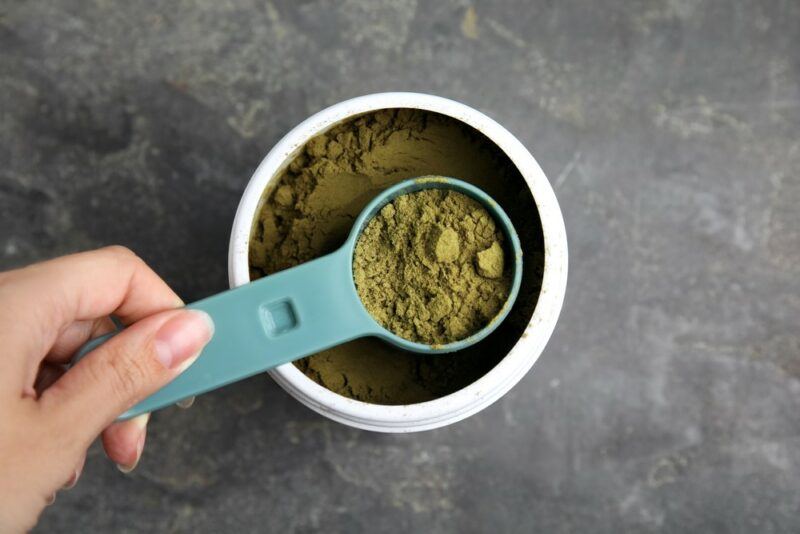
If you don’t want to use hemp seeds themselves, what about hemp seed powder? This works just like other types of protein powder, in that you can combine it with plant-based milk or use it as one of many ingredients in a smoothie.
Hemp protein powder is a fantastic choice, as it contains high-quality protein. You even get a decent amount of all of the essential amino acids, which isn’t true for most other plant-based protein powders. The powder is also less processed than options like soy or pea protein powder.
There’s a catch though.
Hemp powder generally contains less protein per serving than most other types. It’s often more expensive too, so it might not be a good choice for every situation.
Other Plant-Based Protein Powders

There are plenty of other types of protein powder too, including rice, pumpkin seed, sunflower seed, and sacha inchi protein powder. They all provide you with protein that can be easily mixed into a drink, but they have different nutrient profiles.
Then there are protein powder blends. These rely on two or more types of protein powder. They can be useful, as you’re more likely to see all of the amino acids than with a single type of protein powder.
Still, regardless of the type, be sure to closely check the ingredients label for any protein powder. Manufacturers have a bad habit of using artificial sweeteners, artificial flavors, or other additives. Some also rely heavily on sugar, giving you something that isn’t even remotely healthy.
It’s worth double-checking the types of protein powder used too. Some companies take the surprising approach of focusing on plant-based protein powder, but including some whey in there too.
Peanut Butter

While peanut butter and cashew butter are often seen as health foods, peanut butter generally isn’t. It’s often considered unhealthy instead, partly because peanuts are thought to be less powerful than tree nuts.
Peanuts are legumes rather than nuts, true, but this doesn’t stop them from offering many benefits. Indeed, their nutritional profile isn’t that different than tree nuts.
Peanut butter has a useful advantage over other nut butters, it’s much less expensive, while still being an excellent source of protein. So, why not use it in your protein drink?
Besides, if you use many ingredients in your smoothies, the individual flavors won’t be that noticeable. Why shell out for almond butter, when peanut butter is much cheaper and just as serviceable?
Tofu

Did you know that you can add tofu into your smoothies? Yes, really. Silken tofu works the best here, as it adds a creamy texture to your smoothie, giving you a treat that seems quite decadent.
In fact, your smoothie ends up being similar to one made using yogurt, except that it’s entirely vegan-friendly.
You get plenty of protein from the tofu too. And, as a bonus, you normally can’t taste the tofu at all. You could try using another type of tofu instead of silken, but you won’t get the same creamy and silky texture.
Add-Ins For Nutrients And Flavor

Finally, you’ll see some non-protein ingredients feature in protein drinks, sometimes for their flavor and other times for their nutrient profile. The following options are all examples that are worth trying for yourself.
- Cocoa powder. This gives your drink a chocolaty flavor, along with many chocolate polyphenols. Look for brands that don’t alkalize their cocoa and use few additives.
- Matcha powder. Matcha is a concentrated source of green tea compounds and works excellently in smoothies. It also provides an interesting green color that works well with some ingredients.
- Spices, like cinnamon and ginger. Spices provide many nutrients in a small package and often provide a fantastic flavor too. Cinnamon is a common choice in smoothies, but you can experiment with other spices as well.
- Spirulina powder. Spirulina is a type of algae that is often to boost nutritional intake and health. It’s a decent source of protein too and gives your smoothie a fantastic color. Because spirulina consists of microbes called cyanobacteria, it isn’t technically a plant or an animal. As such, you can easily include it on a vegan diet and many people do.
- Maca. This root vegetable is often seen as a superfood, as it provides many nutrients. The flavor works well with many other ingredients, including cocoa powder.
- Superfood powders. Some companies create superfood powders, which often contain dried fruits and/or vegetables. For example, a red powder might includes berries, beetroot, and other bright ingredients, giving you plenty of antioxidants and beneficial compounds. You may see more benefits by using fresh fruit and vegetables, but there’s no denying the convenience
Putting It All Together

There are two types of drinks you can make. One is a protein shake, which is as simple as adding protein powder to liquid and mixing it up. Some people rely on water, but most turn to some type of plant-based milk instead.
The other option is to make a smoothie.
Smoothies take a bit more work, as you need to blend the ingredients together. While you don’t need to follow a specific recipe, you do need to have some type of base liquid, some protein-based ingredients, and generally some fruit.
Throwing some greens, like spinach, in too can help to increase the nutrient content of your drink, giving you something that’s healthy and delicious. If you want a smoothie-like texture, you’ll need to include some ice (make sure you use a blender that can handle it). Frozen fruit works too, like berries or bananas. Alternatively, you could skip the ice and use ingredients that will make your smoothie creamy, like avocado or tofu.

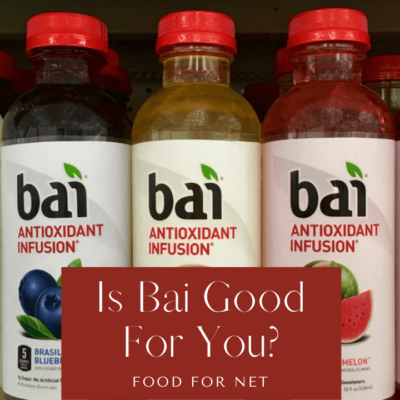
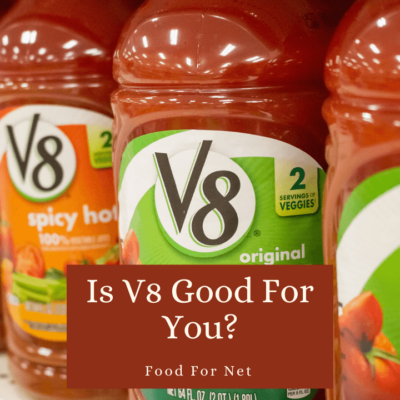










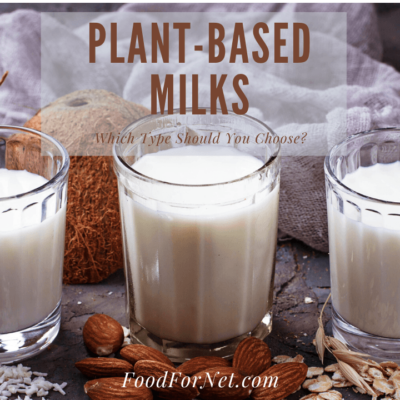



 Is Edamame Good For You?
Is Edamame Good For You?
Leave a Reply